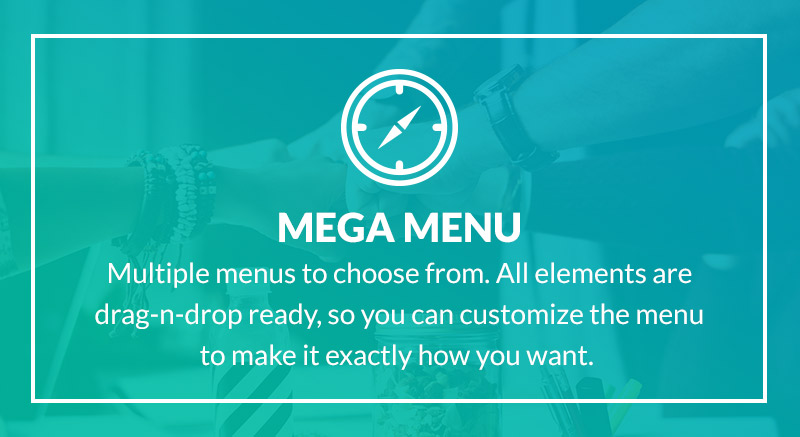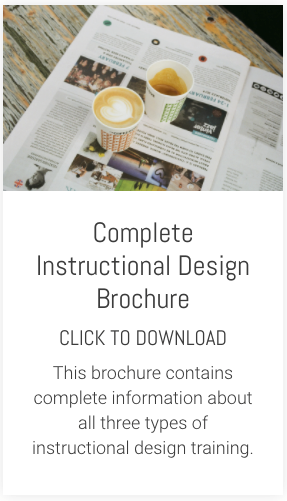If you want to make something sound serious and inaccessible, here’s a simple trick: talk about neuroscience.
I’m serious. Just roll the word around in your head for a minute. Neuroscience.
See what I mean? It feels scary. Impersonal. Something conducted in hermetically sealed labs where nobody smiles and every sentence (uttered by scientists in crisply-laundered white coats) must contain at least three syllables.
It feels like the kind of thing that can’t possibly relate to regular people or everyday jobs — let alone the practical world of Learning & Development.
(And just to be clear, I’m poking fun at the discipline of neuroscience here, not at the very real cognitive differences that many people live with.)
But then you open John Medina’s book Brain Rules, and suddenly your perception of neuroscience is completely flipped. His writing is energetic, engaging, and fun. Medina is that rare person that can bring even the driest-sounding of subjects or topics to life. And if you haven’t ever read his book, I’d strongly encourage you to.
One of the ideas that stayed with me long after reading Brain Rules was his discussion of music. Not in a “Playing Mozart to babies makes them genius-level smart” way, but in a grounded, evidence-based way.
And more recently, I happened across some research from MindLab, a UK-based cognitive science group, that reminded me just how powerful (and misunderstood) music can be when it comes to helping us concentrate.
So, if you've ever wondered why some playlists help get you into the flow while others knock you off track, this article explores the brain-friendly principles behind that difference.
So, let’s dive into understanding what music does — and doesn’t — do when you’re trying to get work done.
First: Music does not make you smarter
Medina is unambiguous about this.
- No, Mozart won’t raise your IQ.
- No, playing classical music to babies doesn’t give them a head start.
- No, music is not a cognitive shortcut.
So, if you’ve been blaming your lack of genius on a childhood without Chopin… sorry.
What music can do is change your mental state
But what Medina does explore is how music can:
- alter your mood and your energy and stress levels
- shift your focus by making tasks feel more enjoyable
- increase alertness if you’re drifting
- create a rhythm that helps with repetitive tasks
In other words, music doesn’t make you smarter but it certainly puts you in the right frame of mind to think more smartly.
From the point of view of cognitive load, this is important. After, all, anything that reduces stress or stabilises your frame of mind frees up more bandwidth for meaningful work.
The MindLab research adds a useful layer
The MindLab research reminded me of all this. It ran a series of task-based studies involving music. It’s not deep neuroscience — but it is practical psychology, and it very much aligns with Medina’s findings.
Here’s what they found:
-
Different tasks benefit from different types of music
- Classical is good for accuracy-based tasks and detail-heavy work
- Ambient/electronic music is better for repetitive tasks, data entry
- Dance music boosts speed, but sometimes reduces accuracy
- Pop is okay for conceptual work (if lyrics aren’t distracting)
-
Music reduces stress, which improves performance
Participants consistently showed lower cortisol when listening to calming music. If your stress levels are lower, you attention levels are generally higher. Better attention levels generally lead to better results or output.
-
Lyrics are the enemy of language-heavy tasks
If your task requires reading, writing, or generating language…music with lyrics will probably slow you down. (This is why your “productive Spotify playlist” works brilliantly—until it doesn’t.)
A simple, practical takeaway
Most people in L&D will have moments in their working day when they have important jobs that just need to get done. Defining some objectives, designing a course outline, working up an e-learning interaction, to name but a few. So, can music help?
Well, I think the real takeaway here isn’t about genre, although clearly that can be a factor. It’s more about fit. Making sure there’s a good fit between:
- task type
- emotional state
- personal musical preference
And really, that’s Medina in a nutshell: know how your brain works, and design for it. And sometimes, working out how your brain works can begin with something as simple as recognising why a particular playlist helps you slip into flow — and why another playlist derails your concentration completely.
A couple of final thoughts
Reading Medina’s work makes you realise that learning about neuroscience doesn’t have to be intimidating or abstract. Quite the opposite.
And in case you’re wondering? Yes, I wrote this while listening to music. Did it make me smarter? Sadly, not. But it did make the words you’ve just been reading flow more readily.
- Brain Rules: 12 Principles for Surviving and Thriving at Work, Home and School
- John J.Medina
- Pear Press 2008
- Brain rules.net








